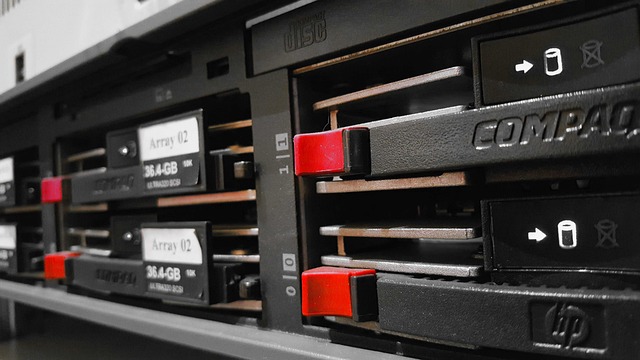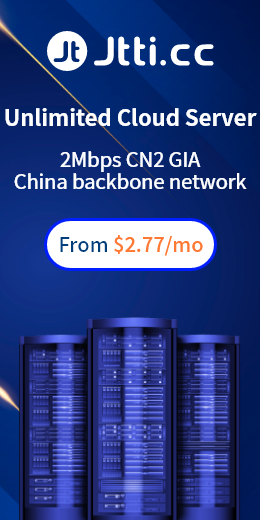As cloud computing and virtualization technologies continue to evolve, containers and virtual machines have become important technologies in contemporary IT infrastructure. Both of these technologies can realize the efficient use and management of resources, but the implementation methods and application scenarios are quite different. Let's talk more about the difference between containers and virtual machines, and how to use them in different situations!
Let's take a look at the definitions of virtual machines and containers. A virtual machine is a completely independent operating system instance running on physical hardware, each with its own operating system, applications, and resources that are managed and distributed through some virtualization layer. Containers are an operating system-level virtualization technology that allows multiple isolated applications to share an operating system kernel. Containers package the application and all its dependencies in a separate unit, unlike virtual machines that need to run a complete operating system. What are the differences between containers and virtual machines?
Architecturally, a virtual machine contains an operating system, libraries, and applications. Each virtual machine runs on a complete virtualized hardware, managed via a hypervisor. Containers, on the other hand, share the host's operating system kernel but run in a separate user space. Containers are also isolated from each other, but there is no independent operating system.

The VM needs to start a complete operating system. Therefore, the VM takes a few minutes to start. Container startup only needs to start the application and dependencies in a few seconds.
In terms of resource utilization, each virtual machine has its own operating system, which takes up additional resources such as CPU, memory, and storage. The container shares the operating system kernel, the resource overhead is small, and more instances can be created on the same hardware.
In terms of performance, the VM performance deteriorates slightly due to the virtualization layer. However, the container directly runs on the host operating system.
In terms of isolation, VMS are completely isolated and secure, which is suitable for running different operating systems and applications that require high security isolation. Containers share the kernel and are less isolated than virtual machines, but isolation is sufficient for most scenarios.
In terms of portability, VMS have a complete operating system and application environment, and migration is heavy. Containers package applications and dependencies, are lightweight and portable for continuous integration and continuous delivery.
After understanding the difference between the two definitions and features, how to choose between containers and virtual machines?
In terms of application scenarios, containers are more suitable for microservice architectures, DevOps environments, rapid deployment and scaling scenarios. Containers can be quickly started, stopped and migrated for applications that require high flexibility and high density. VMS are applicable to applications that require full operating system support, scenarios that require strict security isolation, requirements for running different operating systems, and traditional monolithic applications.
In terms of resources and performance, containers are suitable for scenarios where resources are limited and need to be used efficiently. Provides near-native performance with fewer resources. But with sufficient hardware resources and complex workloads to run, virtual machines can provide better isolation and stability.
In terms of security, container isolation is weak but can be improved through configuration and tools. VMS provide higher security and are suitable for environments that require higher security.
The portability and consistency of containers in development and deployment scenarios is ideal for continuous integration and delivery in development, test, and production environments. Virtual machines are more suitable for applications where the traditional development process requires complex configurations.
Taken together, virtual machines and containers have their own strengths, and the choice should depend on the specific application needs and the specific environment. Containers are recommended for modern applications with rapid deployment, efficient use of resources, and high density operation. If traditional applications that run multiple operating systems and are highly isolated are required, virtual machines are recommended. By understanding the differences and advantages, you can make the best choice in different scenarios faster, optimize your IT infrastructure, and improve business efficiency.

 EN
EN
 CN
CN









